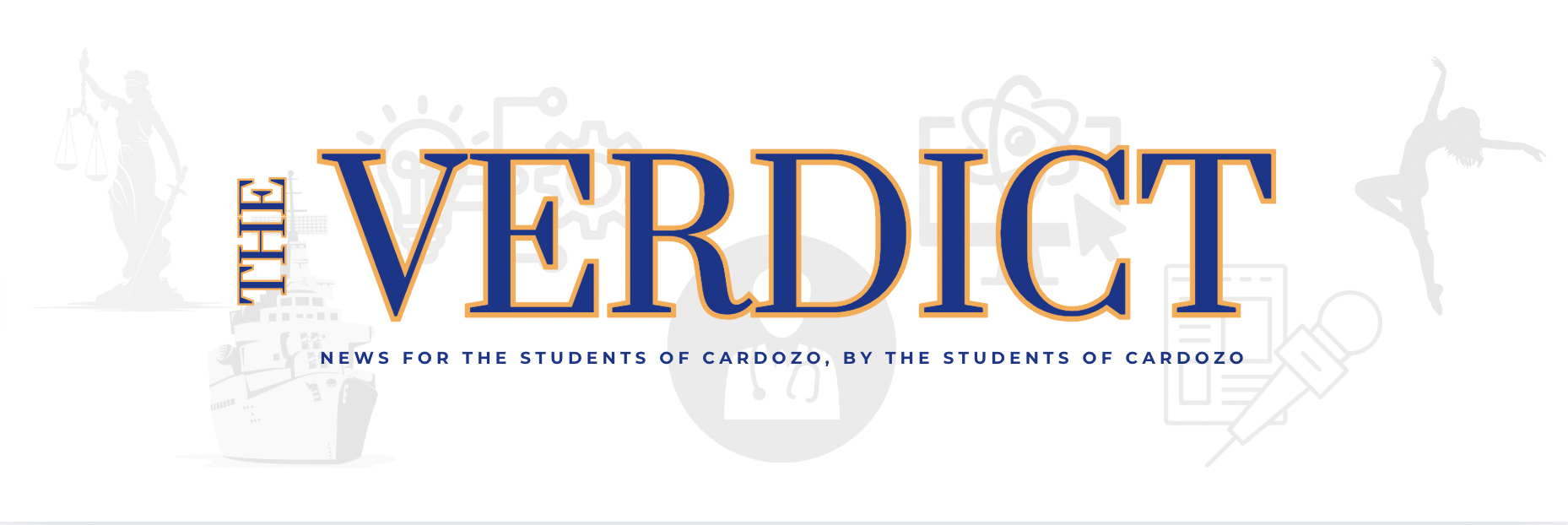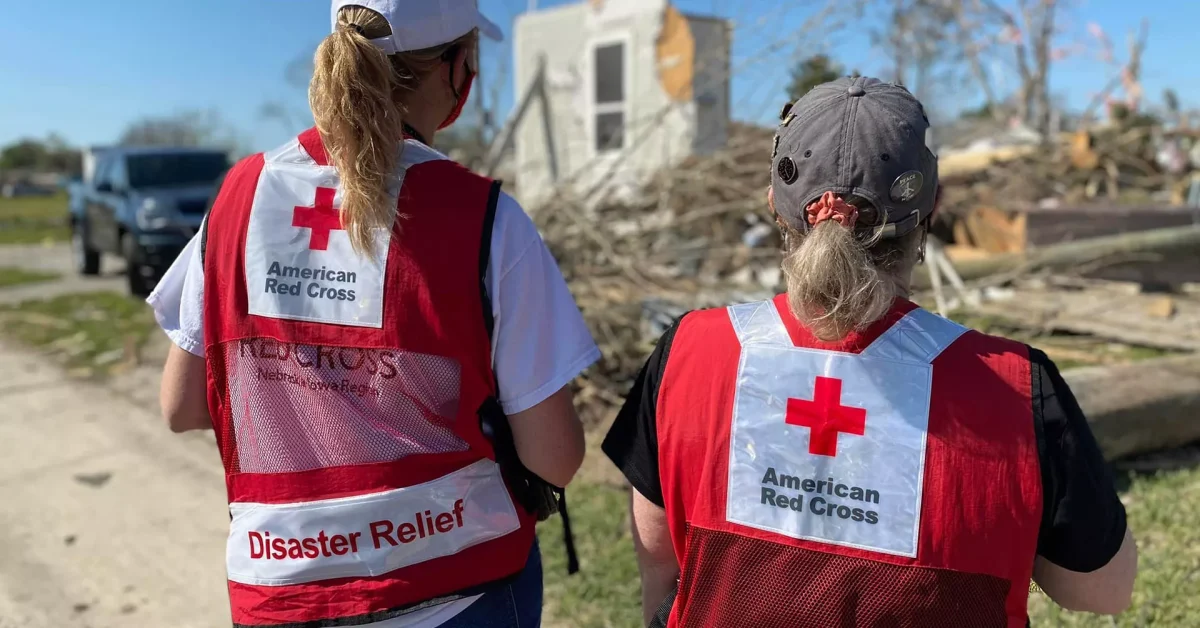As we start off the March season, many of us start looking forward to Easter and making headway towards the end of the school year. One of the most important events of this month that not many people know about, however, is American Red Cross Month. For many of you, this month might be extremely important as some of your own family members, friends, or even some of you have received blood, or many of you might have donated blood, which has saved someone else’s life. Some of you, though, might be wondering how you can personally contribute to such an important cause or how it even all began. Luckily, we are here to inform you what American Red Cross month is all about.
American Red Cross Month is a national holiday that became a yearly tradition in 1943 when “President Franklin D. Roosevelt issued the first Red Cross Month proclamation. Since this proclamation was issued, this holiday is celebrated every March. Having said that, how did American Red Cross Month officially come to be? Well, on May 21, 1881 in Washington D.C., a woman named Clara Barton and some of her acquaintances “founded the American Red Cross.” Barton formed the idea to establish the American Red Cross whilst she was on a visit in Europe after the Civil War, which is where she originally “heard of the Swiss-inspired global Red Cross network.”
After she went home, Barton advocated for an American Red Cross in the U.S. and for the “ratification of the Geneva Convention protecting the war-injured.” Subsequently, in 1882, this request was fulfilled and it was ratified. Clara Barton served as the leader for this organization for 23 years and in that time, disaster relief efforts (overseas and domestic) helped the U.S. military during the Spanish-American War, and successfully advocated for the “Inclusion of peacetime relief work as part of the global…network.” This network was also known as the “American Amendment” and was initially resisted by those in Europe.
After Barton stepped down/resigned from the American Red Cross, the organization received two congressional charters – the first in 1900 and the second in 1905. In May of 2007, a most updated or recent version of the charter came out reiterating all of the original purposes of the institution. The purposes included in this document were to provide global disaster relief and mitigation, as well as to provide relief to and act as a means of communication among those in the American armed forces and their families. Before World War I, the organization put forward “Its first aid, water safety, and public health nursing programs.”
Due to the outbreak of the war, however, the institution “experienced phenomenal growth.” In 1918, chapters grew to 3,864 from 107 in 1914 and membership to over 20 million adults and 11 million Junior members from 17,000. Funds in the amount of $400 million and other materials were given to support various programs within the Red Cross, such as the American and Allied forces and civilian refugees. This organization not only enlisted 20,000 registered nurses to serve the military, but they also staffed hospitals and ambulance companies.
Furthermore, some nurses worked towards fighting the flu epidemic of 1918. After World War I ended, the American Red Cross placed their attention on service to veterans and amplified their “programs in safety training, accident prevention, home care for the sick, and nutrition education. [They] also provided relief for victims of such major disasters as the Mississippi River floods in 1927 and severe drought and the Depression during the 1930s.” As World War II took off, they were called upon once again to supply large-scale services to the U.S. military, the Allies, and civilian war victims. More than 104,000 nurses were registered for military service, 27 million packages for American and Allied prisoners of war were prepared, and 300,000 tons of supplies were shipped overseas.

Additionally, per the military’s request, the organization began a national blood program, in which 13.3 million pints of blood were collected for use by the armed forces. Following World War II, the “First nationwide civilian blood program” was introduced by the Red Cross. This program now supplies over 40% of the blood and blood products in the United States. The American Red Cross fully modernized their system in the 1990s to ensure that their services improved the safety of their blood products.
These services continued to help those in the armed forces, as well as their families, in times of need. Specifically during the Vietnam, Korean, and Gulf Wars. Furthermore, the Red Cross extended their services to different fields including civil defense, CPR/AED training, HIV/AIDS education, “and the provision of emotional care and support in the wake of disasters. After hearing this story, you all must be wondering what the Red Cross is up to now. Since 2006, the Red Cross and FEMA have worked together helping government agencies and community organizations plan, coordinate and provide feeding, sheltering and family reunification services for people affected by disasters.”
Nowadays, the American Red Cross provides care in five important areas. Those five areas consist of
1. people who are personally affected by disasters within the United States
2. collecting, processing, and distributing blood
3. providing support for members of the military, as well as their families
4. training and health and safety education
5. international relief and development.
In order to support the American Red Cross and to celebrate American Red Cross Month, you can volunteer for the American Red Cross, give blood, and/or donate to their website. In order to donate blood, you must be in good health, feeling well, at least 16 years old (“in most states”), and weigh at least 110 pounds.
All blood types are accepted and can help many people, whether they are burn victims or have immune diseases. If you are able to donate blood today or help out the American Red Cross in any way, you can be responsible for saving lives. “About 1 in 7 people entering a hospital need blood” and for every pint of blood that is donated, three lives are saved.







